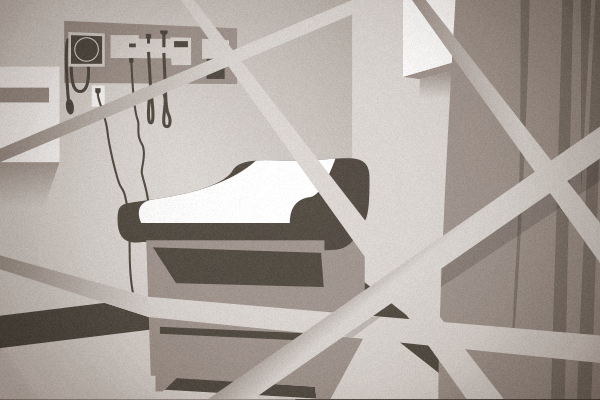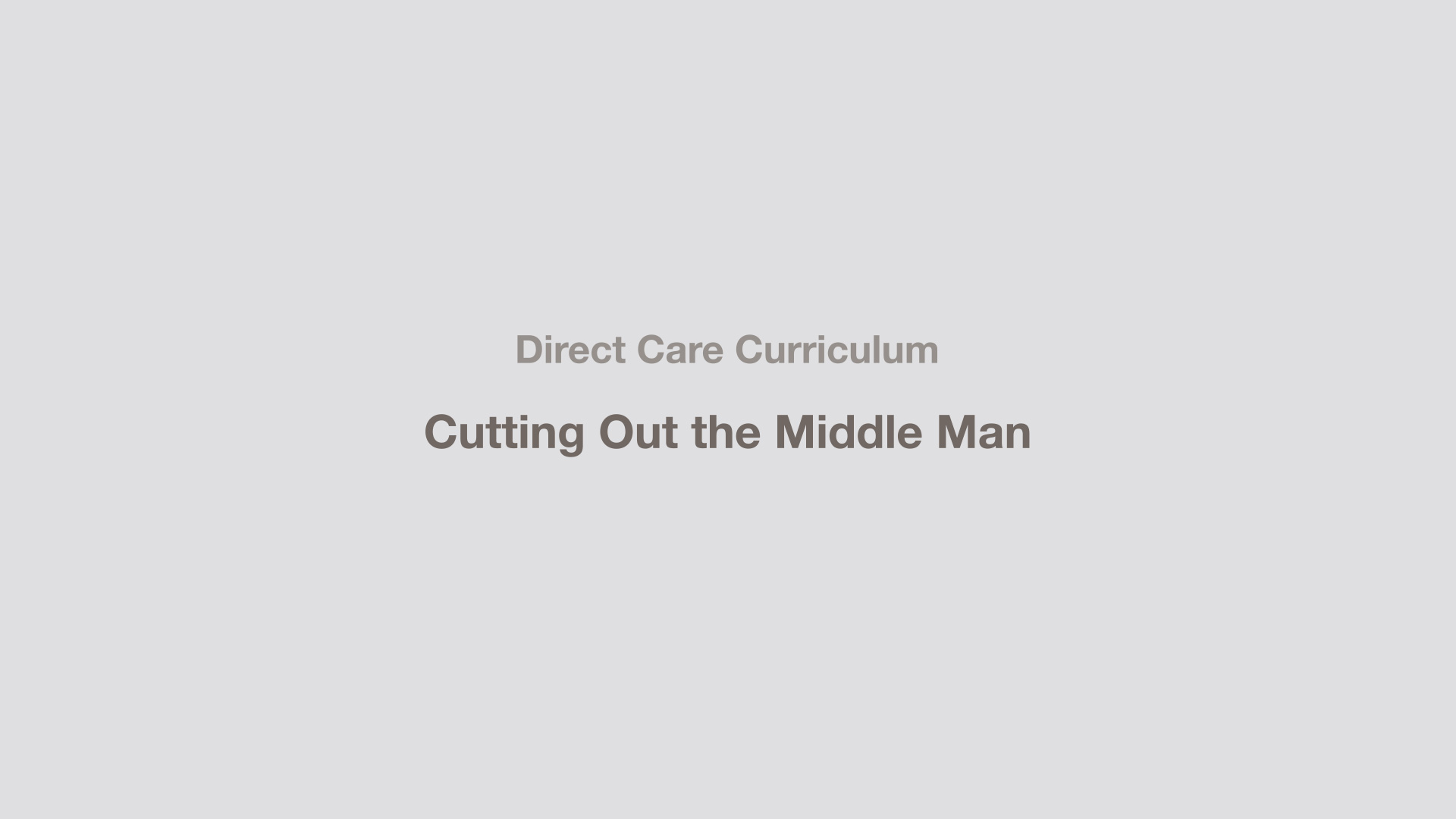Affordable primary care cuts out the middleman, and makes actual care actually accessible, all the time. We do encourage wrap-around insurance, available (ACA-permitting) at low rates, with slightly higher deductibles. We have shown that seeing a direct primary care specialist, who is able to prescribe wholesale prescriptions, and who can negotiate with specialists for additional treatment (optometry, CT-scans, etc.), can actually SAVE money for patients, and keep them healthy/safe.

But wait, you’ve heard rumors that DPC contributes to doctor shortage, right? We look at it like this: We’re of the opinion that moving dissatisfied docs from the fee-for-service model into Direct Care actually offsets the doctor shortage (seeing 600 patients, is more than seeing 0 patients when a doctor quits outright). A happy doctor, who encourages students to follow in his path offsets the doctor shortage.
Think about it: If one doctor leaves his 3,000 fee-for-service patients, it could be viewed as -3,000; but what if over time he inspires five new doctors to join Direct Care? Together, these six doctors can see more patients, more efficiently. In the end, it’s a matter of cutting the red tape.
Direct Care is built to cut red tape, so there are many ways within the business model to do it. Everything from running your own in-house pharmacy, to handling your own billing, to setting your own pricing structure plays into the idea of giving you more control.
Let’s take a look at what really happens when you cut the red tape
Dr. Michael D. Shaw takes us to the heart of what Direct Primary Care is all about in his contribution to HealthNewsDigest.com.
“The doctor/patient relationship has deteriorated precisely because the patient is no longer the client.”
The moment physicians are forced to turn their attention from a patient, hold up one finger as if to say, “Hold on.” and become engaged elsewhere is the very moment the doctor-patient relationship begins to break down. It’s all traced back to the fact that physicians must see so many patients in such a short amount of time… and are therefore forced to spend on average a mere 7 minutes with them during the appointment.
Third parties. Insurance. Bureaucracy.
It’s the red tape that gets in the way of reading between the lines of what a patient is saying. It’s the brain barrier that doesn’t allow docs time to research new and innovative ways to handle cases. It’s the time suck that chains physicians to their desk long after the lights go off just to keep up with all the paperwork.
When the red tape disappears, so many good things begin to happen! Among them:
- Health insurance is used how it was intended: for catastrophic coverage rather than routine healthcare issues.
- Overhead costs are eliminated with the exclusion of insurance billing – those savings are passed right on down to the patient.
- Wait time is slashed – DPC often offers same-day scheduling and home visits.
- But perhaps best result of cut red tape is that the doctor-patient relationship is allowed to be just that: a relationship.
What's next?
Now that you know the basics of Direct Care, are you still wondering if it’s the right path for you? The next section talks about the characteristics necessary to run a DPC clinic. And there’s good news – these traits can be acquired! So, is DPC right for you?
Next